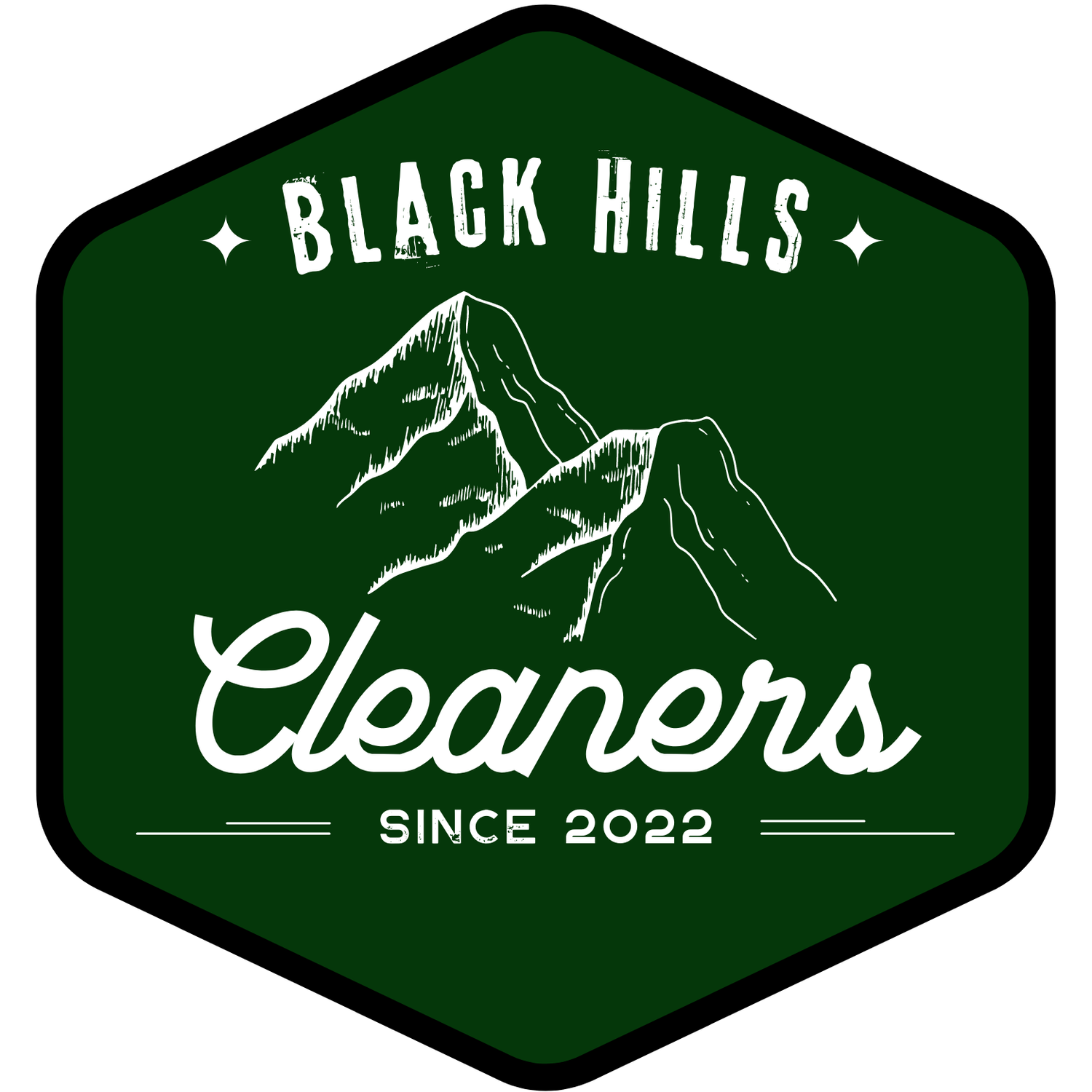The Importance of Cleaning Up Pet Hair and the Best Ways to Tackle It
For many of us, our pets are more than just animals; they're members of the family. Their joyful antics, unwavering loyalty, and warm cuddles make our lives richer. However, every pet parent knows the challenge of dealing with the perennial rain of pet hair. Not only can this be an aesthetic concern, but it's also crucial for health and home maintenance reasons. In this article, we'll delve into the significance of keeping on top of pet hair and share some tried-and-true strategies to manage it.
Why Is Cleaning Up Pet Hair So Important?
Allergies and Respiratory Issues: While pet hair itself isn't typically allergenic, it can trap dust, pollen, dander, and other allergens. When inhaled, these can cause allergic reactions or exacerbate respiratory conditions like asthma.
Prolonged Lifespan of Appliances: Excessive pet hair can get entangled in vacuum cleaners, washing machines, and air conditioning filters, reducing their efficiency and lifespan.
Home Aesthetics: No one wants guests to leave their homes covered in a second coat of fur! Regularly cleaning up pet hair maintains a neat, welcoming environment.
Protecting Fabric: Over time, pet hair can weave itself into fabrics, making them harder to clean and reducing their lifespan.
Efficient Strategies to Bid Adieu to Pet Hair:
Regular Grooming: Prevention is better than cure. Regularly grooming your pet, based on its breed and hair type, will drastically reduce shedding. Deshedding tools, brushes, and professional grooming sessions can be immensely helpful.
Invest in a Good Vacuum Cleaner: Not all vacuums are created equal, especially when it comes to handling pet hair. Invest in one specifically designed for this purpose. They usually come with specialized attachments and higher suction power to pick up stubborn hairs.
Lint Rollers are a Lifesaver: These sticky rollers can be quickly run over any surface for an immediate touch-up. They're particularly useful for clothes, couches, and curtains.
Washable Pet Bedding: Instead of carpeted or upholstered beds, opt for washable pet bedding. You can shake them out regularly and toss them in the wash for a deeper clean.
Microfiber Mops and Dusters: Microfiber material is designed to have an electrostatic charge, which means it's perfect for attracting and holding onto pet hair. Use a microfiber mop for your floors and a duster for surfaces.
Anti-static Sprays: These can be used on carpets and upholstery. They not only make it harder for pet hair to stick but also make it easier to vacuum up.
Humidify: Dry air can increase static, making pet hair more likely to cling to surfaces. Using a humidifier can help reduce this static, making cleaning efforts more effective.
Regularly Clean Air Filters: If you have a central air system, it's crucial to clean or replace the filters regularly. Pet hair can quickly clog these filters, reducing the air quality in your home.
Slipcovers and Throws: If your pets have a favorite spot on the couch, use slipcovers or throws. These can be easily removed and washed, making it simpler to manage pet hair.
Rubber Gloves Technique: This age-old trick is gold. Wet a pair of rubber gloves, and run your hands over hair-covered surfaces. The pet hair will stick to the gloves, making it easy to peel off and dispose of.
Conclusion
Living with pets means accepting a certain level of mess – but that doesn't mean resigning ourselves to a life buried in fur. By understanding the importance of managing pet hair and using a combination of preventive and cleaning strategies, we can ensure our homes remain clean, healthy, and inviting. Remember, a fur-free home is not just about aesthetics but also about creating a cleaner, healthier environment for everyone—two-legged or four!
